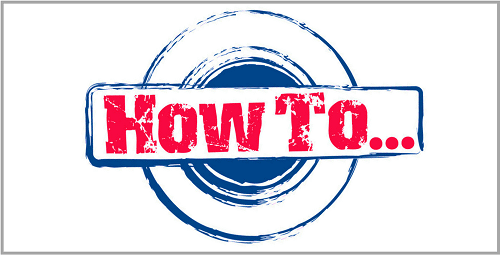How To Read A Fishfinder – A Helpful Step By Step Guide

If you’re like a lot of other people that love to go fishing, you’re probably wondering what you can do to help improve your results and make sure you catch the most fish every single time you head out on the water. A fish finder is going to be one of the best things you can buy to help increase the chance of you finding fish while you are in your boat.
Unfortunately, a lot of people don’t know exactly how to use or read a fish finder and if you don’t know how to do that, then you’re going to find that it won’t do you much good. Luckily enough, this particular guide is going to help make sure you know everything there is to know when it comes to how to read a fishfinder. Next time you take the water with your fish finder on your boat, you will know what you need to look for to ensure that you can catch fish with ease.
What You Need To Follow This Tutorial
The best way to learn anything is to use the device as you try to figure it out so if you have a hand-held fish finder that you can look at as you read this guide, it is going to be much easier for you to understand what I am talking about. However, it won’t be necessary for you to have the fish finder in front of you in order to figure it out.
If you happen to have your fish finder handy, I recommend going to get it before you move onto the next section. If you don’t have access to it, no worries! Just be sure that you can either take detailed notes on this post or have access to this post when you go to use your fish finder again for the first time.
How To Read A Fishfinder - Tutorial
How It Works
If you don’t understand how a fish finder works, then chances are good that you have no idea how to read one. To put it in easy to understand terms, the sonar waves are emitted from a transducer from the bottom of the fish finder that is placed in the water. From there, it bounces around and sends information back to the finder. From there, it is converted into raw data and then it is up to the user to understand and interpret the data. No matter what kind of fish finder you have, it won’t matter if you can’t interpret the data. Below, you’ll find all the information you need in order to interpret the data and understand the results.
Actually Reading The Data
Once you understand everything there is to know about how a fish finder works, it’s time to actually learn how to read the fish finder. Some of the things you are going to need to know and understand are what objects, fish, schools, structures and other types of fish items are going to look like when they pop up on the fish finder.
When it comes to the sonar waves being displayed on your fish finder, you’ll see that it is going to be displayed one of two waves. You’re either going to find that it shows the actual raw data that the fish finder collected or it will use a program to convert the lines and arches into easy to distinguish icons that make it much easier for you to understand what is happening under the water.
If you want to find the easiest and most efficient way to try and read the data that your fish finder puts out, then you’re going to want the type of fish finder that translates the data into easy to understand data that is much more user friendly. The little fish icons are going to make it a lot easier to see where they are and some of them will display in different sizes so you know how big the fish are. In order to use the data to your benefit, you can see where the fish is, notice the depth of the fish and then cast your line. It truly cannot be any simpler than that. Of course, it is always possible that an object that is not a fish gets mistaken for a fish, but more often than not you can find the exact location of the fish and then cast your line appropriately.
Conclusion
Now that you know everything there is to know when it comes to reading a fish finder, I hope that you have enjoyed what you have read! Remember, the key to make sure you get the most out of your fishing trip when you use a fish finder is to know exactly how to use the finder to your benefit. If you have any thoughts or comments regarding anything that was discussed above, please feel free to say your thoughts in the comments below! Additionally, please share the article with your friends if you found it to be beneficial!
We like to share product recommendations with you and hope you like them! Just to make you aware FishingLab may collect a small share of sales or other compensation from the links on this page.
